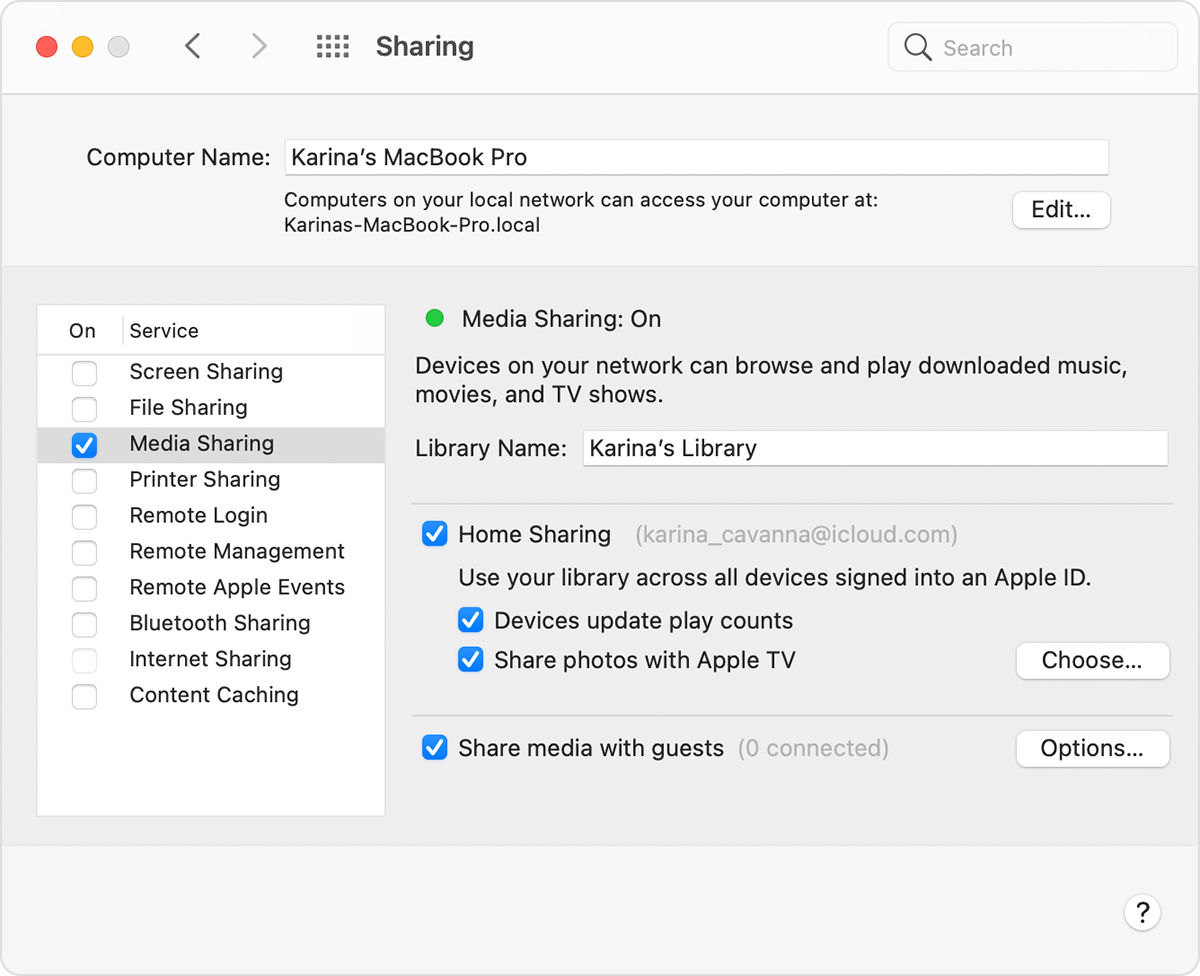

A feature on Samsung cameras and smart phones, for instance, is great for group photos: You select the best face for each subject from five consecutive shots and merge them in one photo. They can help you take photos that are really worth sharing. Most new digital cameras and phones have a number of tools you should try. Correcting red-eye (which is often caused by using a flash in low light) is just the start.

That makes it easier to share only images from a specific event.Ī little planning and touch-up work can make a world of difference in a photo. Let your camera or smart phone help: In the menu, select photos by date. When you have lots of photos on a memory card, it’s tempting to upload them all rather than pick and choose. If you worry about accidentally deleting a great shot, this should ease your mind: Most cameras let you lock or protect an image or a group of images on the memory card so that you can’t trash them by mistake. By discarding so-so shots, you’ll spend less time uploading and have more space on your memory card for future photos, and your friends will enjoy your photos more. Everyone benefits if you’re discriminating. Then he reviews the rest full-sized on his computer for the final cut. “I do a quick run-through on the camera after an event and delete the obvious rejects,” he says. It’s a great idea-as long as you get rid of the also-rans. Professional photographers like New York-based Mason Resnick take multiple shots of groups of people to make sure they wind up with at least one good picture.
Best photo sharing sites for mac how to#
Here’s how to apply an editorial eye to your photo feed: Don’t be that person! A smart photographer knows what to throw away. There’s one in every family: the proud dad who posts 185 photos of his son’s soccer game to Facebook, or the overeager aunt who e-mails hourly links to her cruise snapshots.


 0 kommentar(er)
0 kommentar(er)
